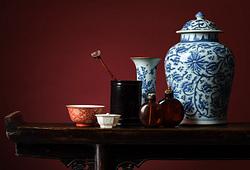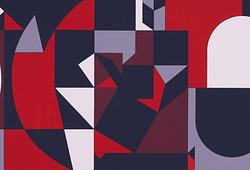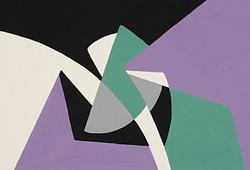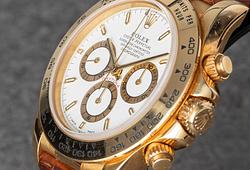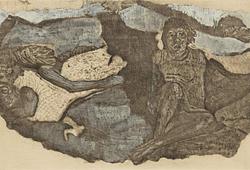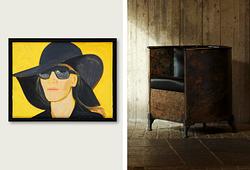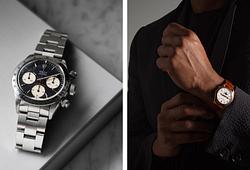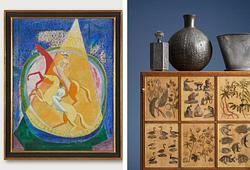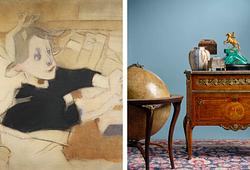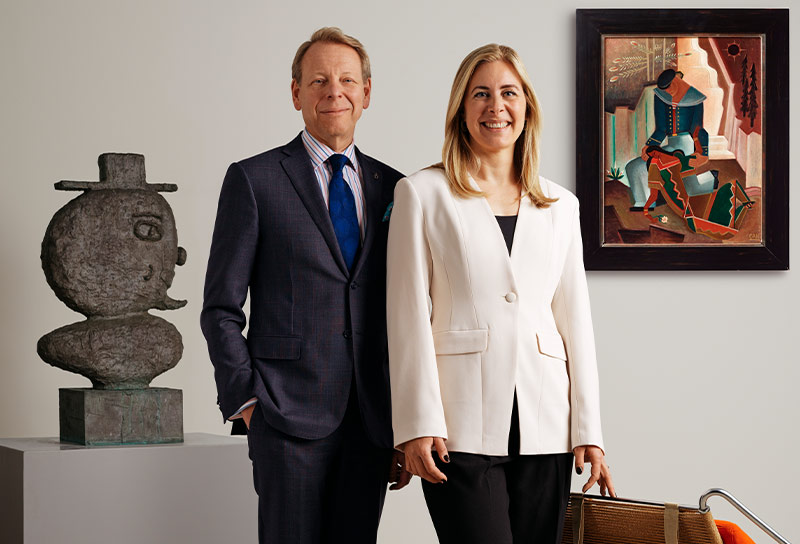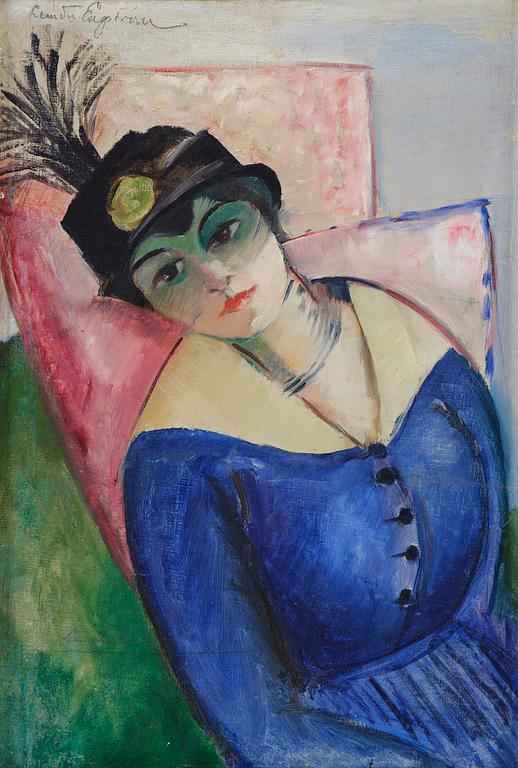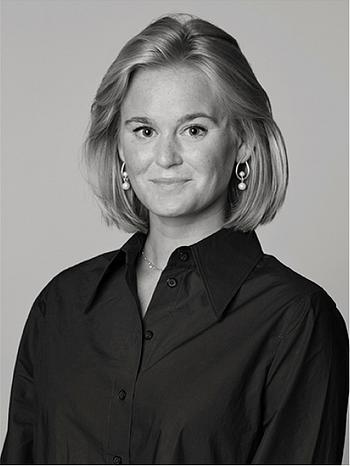Leander Engström
Sitting model in blue.
Signed Leander Engström. Panel 65.5 x 44 cm.
Muut tiedot
When Leander Engström, in his youth, worked as a clerk at the editorial office of Sundsvalls Tidning, he met the northern Swedish artist Helmer Osslund. This encounter proved to be pivotal for Engström, who now found the courage to apply to the Artists' Association School in Stockholm. There, he got to know Isaac Grünewald, who during Christmas of 1908 convinced Leander Engström to travel to Paris and begin studying under the great master Matisse. In this artistic metropolis, Engström was inspired by the emerging expressionist movements.
After returning from yet another stay in Paris in early summer 1912, he became engaged to Maria Edlund. His landscape motifs were increasingly complemented by sensual nude studies, most likely inspired by his young fiancée. The couple led a nomadic life, living in Gränna and Ragunda before settling in Stockholm in the autumn of 1913 in connection with their marriage. With the birth of their twin sons the following year, the family moved to a small house near Manilla on Djurgården, where the beautiful surroundings and nature inspired Engström in his artistic work. The paintings from this period are elegant and distinctive, with a cool color palette of white, blue, green, carmine, and pink.
This happy time also coincided with professional success. At the major Baltic Exhibition in 1914 in Malmö, Engström served as a commissioner for the younger artists, and a group was formed (Engström, Grünewald, Hjertén, Dardel, and Jolin) that called themselves "The Expressionists." The press reviews were also positive, a change from the previously rather harsh criticism with only a few exceptions.
Leander Engström learned to paint the female body and to capture expression—l’expression—from Henri Matisse, who wrote his theses in the French art magazine Grande Revue with the words: “When I want to paint a female body, I first try to capture the grace and charm, but clearly, I cannot stop there; I must give something more. I must emphasize the significance of the body by capturing its essential lines.”
The portrait in question is believed to have been executed around 1915 and depicts a young woman wearing a hat with a plume and a vividly blue dress.





